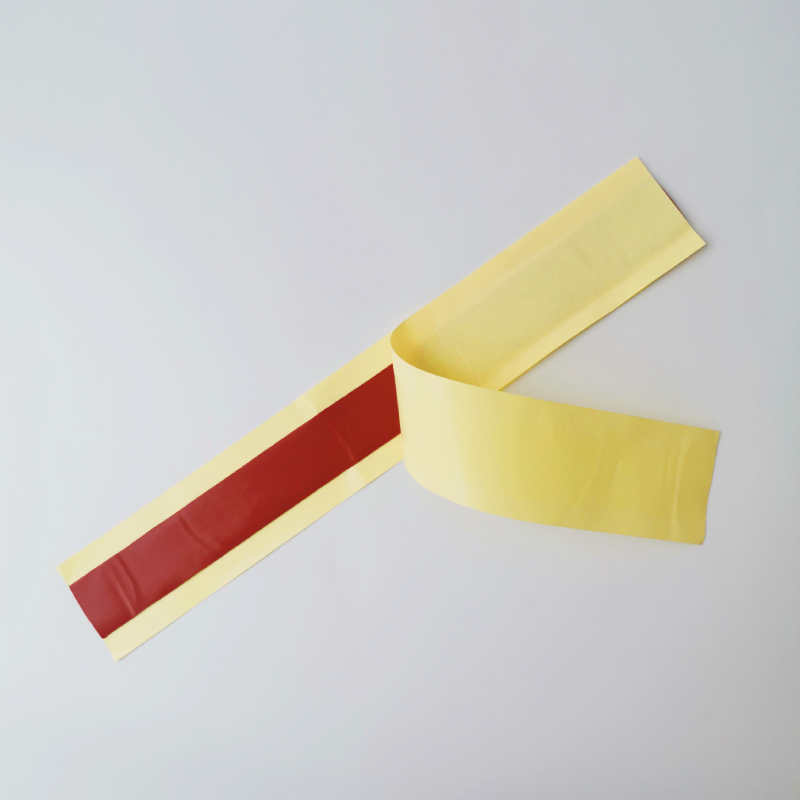The Advantages of Butyl Rubber Roofing Sheets
When it comes to roofing materials, durability and weather resilience take center stage. Among the various options available in the market, butyl rubber roofing sheets have gained popularity for their unique properties and performance. This article delves into the advantages of butyl rubber roofing sheets, highlighting why they are an ideal choice for various applications.
What is Butyl Rubber?
Butyl rubber, a synthetic rubber compound, is primarily composed of isobutylene and isoprene. This unique composition confers it with exceptional impermeability, flexibility, and resilience. Butyl rubber is widely utilized in diverse industrial applications ranging from automotive to construction, with roofing being one of its most effective uses.
Key Benefits of Butyl Rubber Roofing Sheets
1. Superior Weather Resistance One of the most notable features of butyl rubber roofing sheets is their outstanding ability to withstand extreme weather conditions. They remain flexible in low temperatures while resisting heat and UV radiation, ensuring longevity regardless of climate challenges. This resilience helps prevent common roofing issues, such as cracking and splitting.
2. Waterproofing Capabilities Butyl rubber is inherently impermeable to moisture, making it an excellent choice for roofing applications where leaks can lead to significant problems. The sheets create a watertight barrier, protecting the underlying structures from water infiltration and related damages.
butyl rubber roofing sheet

3. Longevity Buildings require roofing materials that not only protect but can also endure over time. Butyl rubber is known for its long lifespan, often exceeding 20 years with minimal maintenance. Its durability leads to fewer repairs and replacements, making it a cost-effective roofing solution.
4. Easy Installation Butyl rubber roofing sheets are relatively straightforward to install, making them a favorite among contractors and DIY enthusiasts alike. They can be applied using a variety of methods, including adhesive bonding, mechanical fastening, or ballasting, allowing for versatility depending on the specific needs of a project.
5. Eco-Friendly Option With increasing focus on sustainability, many construction projects seek environmentally friendly materials. Butyl rubber roofing sheets are recyclable and contribute to reduced waste. Additionally, their long lifespan means less frequent replacement and lower resource consumption over time, aligning with green building practices.
6. Resistance to Chemicals Another significant benefit of butyl rubber is its resistance to chemicals, oils, and other substances that can degrade other roofing materials. This property makes it an excellent choice for industrial applications or buildings located near areas where chemical exposure is a risk.
7. Sound Insulation Butyl rubber roofing sheets also offer sound-dampening qualities, making them desirable for urban buildings or structures located in noisy environments. They can help maintain a peaceful indoor atmosphere, adding to the quality of life for occupants.
Conclusion
Butyl rubber roofing sheets present a compelling option for those looking for reliable, durable, and high-performance roofing solutions. Their impressive weather resistance, waterproofing capabilities, longevity, ease of installation, eco-friendliness, chemical resistance, and sound insulation properties make them suitable for a wide range of applications, from residential to commercial projects. As building needs evolve and the demand for sustainable materials grows, butyl rubber roofing sheets stand out as a practical and efficient choice for modern roofing solutions. Whether you are constructing a new building or considering an upgrade, exploring butyl rubber roofing could be a wise investment for long-term protection and peace of mind.
-
XIANGFAN Rubber Tape-Ultimate Solutions for All Your Insulation NeedsNewsJun.24,2025
-
XIANGFAN Rubber Tape-Protection for Industrial and Residential ApplicationsNewsJun.24,2025
-
XIANGFAN Rubber Tape: Superior Safety and Sealing for Demanding EnvironmentsNewsJun.24,2025
-
XIANGFAN Rubber Tape: Reliable Solutions for Every Electrical ChallengeNewsJun.24,2025
-
XIANGFAN Electrical & Industrial Tape: Powering Reliability Across IndustriesNewsJun.24,2025
-
XIANGFAN Electrical & Industrial Tape: Excellence in Every ApplicationNewsJun.24,2025
